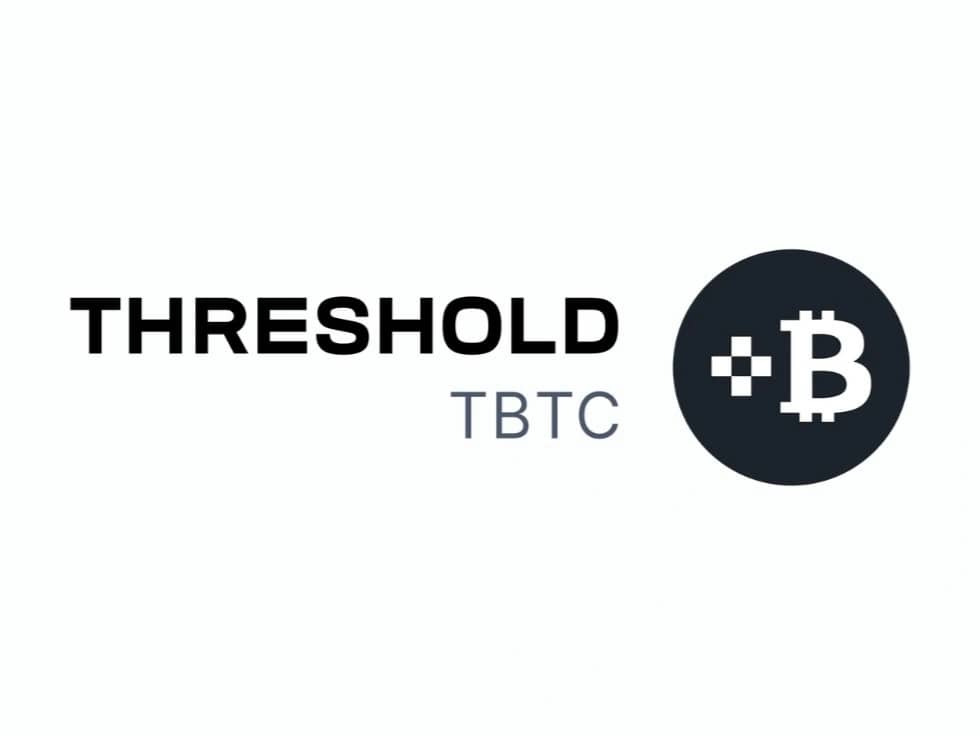Subscribe to wiki
Share wiki
Bookmark
tBTC (TBTC)
The Agent Tokenization Platform (ATP):Build autonomous agents with the Agent Development Kit (ADK)
tBTC (TBTC)
tBTC (TBTC) is an ERC-20 token designed to represent Bitcoin (BTC) on the Ethereum blockchain. Each unit of tBTC is fully backed by one Bitcoin, with a 1:1 collateralization ratio. The protocol provides a decentralized and permissionless bridge between Bitcoin and Ethereum, enabling Bitcoin holders to interact with Ethereum's decentralized finance (DeFi) ecosystem without reliance on centralized intermediaries. tBTC is part of the Threshold Network, which combines cryptographic and privacy-preserving technologies. [1] [3]
Overview
tBTC facilitates interoperability between Bitcoin and Ethereum by allowing users to mint an Ethereum-compatible token (tBTC) that is backed by Bitcoin. This token can be used in various DeFi applications, including lending protocols, decentralized exchanges, and liquidity pools.
The protocol employs threshold cryptography and distributed key generation (DKG) for secure management of Bitcoin deposits and redemptions. A decentralized network of signers ensures that the Bitcoin reserves backing tBTC remain secure and outside the control of any single entity. Signers are incentivized to operate honestly by staking Ethereum (ETH) as collateral, which is forfeited in the event of misconduct. [2] [3] [4] [5]
History
tBTC was developed by Thesis, a software firm also responsible for creating the Keep Network. Thesis, founded by Matt Luongo and Corbin Pon, aimed to create a decentralized bridge to enable Bitcoin’s integration into Ethereum-based applications while preserving the core principles of decentralization.
The first version of tBTC launched in 2020 but was temporarily suspended due to a discovered vulnerability. The subsequent release, tBTC v2, was launched under the Threshold Network, which merged the capabilities of the Keep Network and NuCypher. This iteration addressed earlier challenges and provided a scalable, decentralized alternative to centralized Bitcoin tokenization solutions like WBTC. [3] [2] [1] [4] [5] [6] [8]
Technology
tBTC employs a range of cryptographic and decentralized mechanisms to maintain trustless operations and secure custody of Bitcoin reserves.
Minting tBTC
- A unique Bitcoin deposit address is generated through the Threshold Network dashboard.2. Users deposit Bitcoin into this address, which is secured by a randomly selected group of signers.
- Upon confirmation of the Bitcoin deposit, an equivalent amount of tBTC is minted and transferred to the user’s Ethereum wallet.
Redemption
- Users initiate the redemption process by sending their tBTC tokens to the protocol’s smart contract.2. The tokens are burned, and the equivalent amount of Bitcoin is released to the user’s specified Bitcoin address.
Signers and Security
- Random Selection: Signers are chosen through a cryptographic random beacon mechanism, ensuring impartiality and security.
- Collateralization: Signers bond Ethereum (ETH) as collateral, which is forfeited in cases of dishonest behavior.
- Multi-Signature Custody: Bitcoin reserves are managed through a decentralized multi-signature wallet system, minimizing risks associated with centralized control.
Key Features
- Decentralization: Custody and operations are managed by a network of independent nodes, reducing the need for centralized intermediaries.
- Trustless Operations: Transactions and processes are governed by cryptographic protocols and smart contracts.
- Transparency: Reserves and operations are publicly verifiable on both the Bitcoin and Ethereum blockchains.
- DeFi Integration: tBTC is compatible with major decentralized finance platforms, enabling its use across lending, trading, and liquidity provision.
Use Cases
- Liquidity Provision: It can be deposited into liquidity pools on platforms like Uniswap and Curve, earning transaction fees.
- Yield Farming: Token holders can stake tBTC in various DeFi protocols to generate passive income.
- Stablecoin Minting: tBTC serves as collateral for minting decentralized stablecoins, such as thUSD.
Governance
tBTC is governed by the Threshold DAO, a decentralized organization comprising holders of the Threshold Network’s native token, T. The DAO is responsible for protocol updates, integrations, and operational adjustments. This governance model allows community-driven decision-making while maintaining the protocol’s alignment with decentralization principles.
tBTC provides a decentralized solution for bridging Bitcoin to Ethereum, offering Bitcoin holders the opportunity to participate in Ethereum’s DeFi ecosystem without compromising on decentralization or security. [3] [4] [5] [6] [7] [8]
See something wrong?
The Agent Tokenization Platform (ATP):Build autonomous agents with the Agent Development Kit (ADK)
